
Is history always true? While the past is filled with illustrious stories, from waging war to influential figures, some aren’t exactly true. Present in every part of history, exaggerations have been made and later accepted as truth when, in reality, they are little more than fiction. If you want to dive into historical myths and learn the true story behind them, keep reading for six great examples.
6. Troops at the Alamo were fighting to make Texas free

Ranking sixth on our list of historical myths is the Alamo, which has always had a conflicting backstory. The 250 Texans who died at the Alamo were not so much fighting for freedom as fighting for slavery. Then, Texas was still a part of Mexico but had been overrun by American settlers, many creating Southern-style plantations.
When Mexico banned slavery in 1829, it angered those settlers relying on slavery to make money. They planned to get their freedom back to keep slaves, which happened for a short time until 1835 when General Santa Anna revoked his exemption. This led to the revolt of the Texans, a small troop stationed at the Alamo, and the later slaughter of those Texans by Santa Anna.
RELATED: 10 Most Famous Historical Couples
5. The War of the Worlds caused mass panic
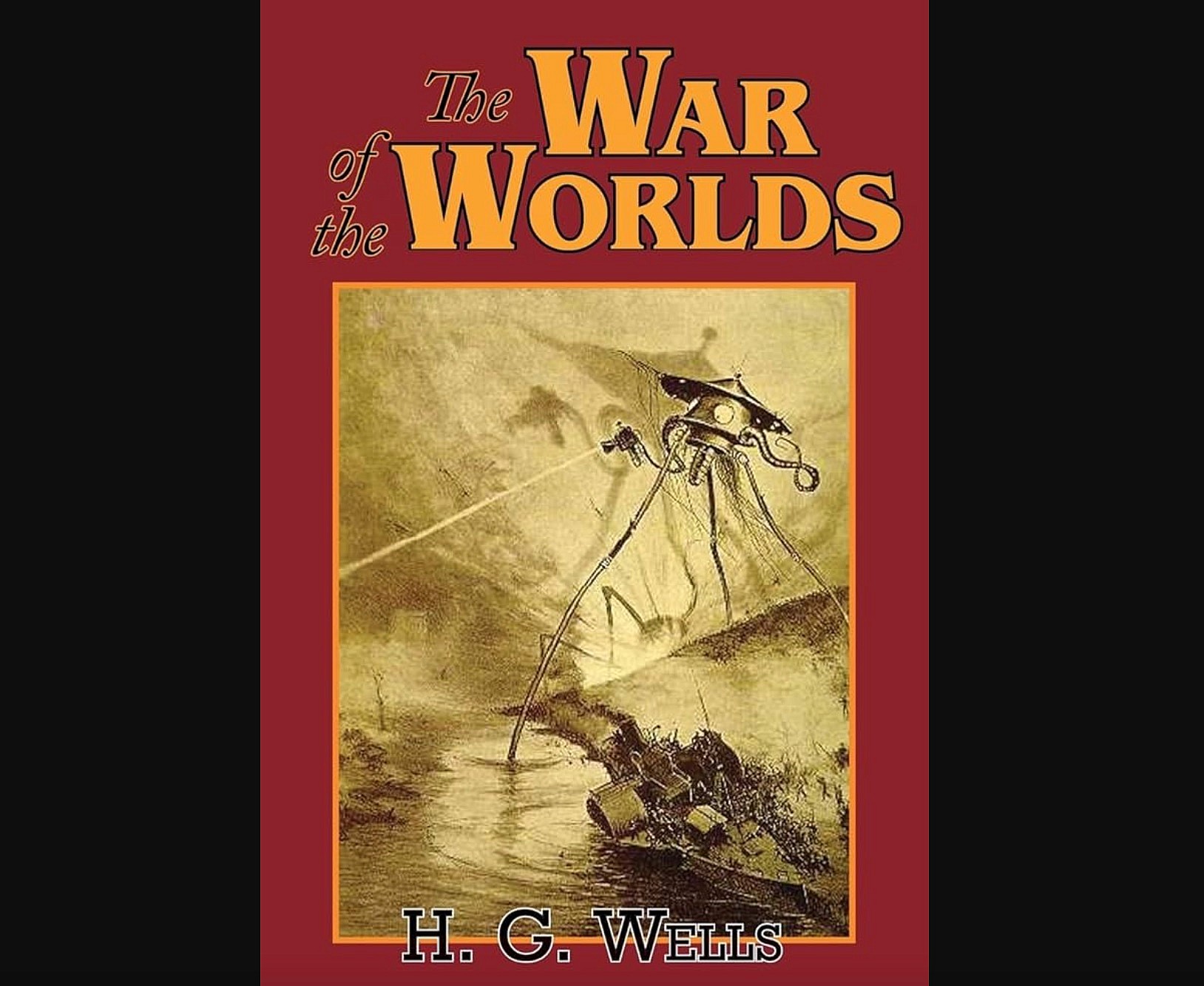
One of the most well-known science fiction books in history, War of the Worlds, has found a home amongst historical myths due to the broadcasting of the story. While it was widely reported that “mass panic” ensued from a radio host reading a part of the novel, this is not the case.
Only around a handful of confused people called into CBS or their local stations to learn more. It didn’t help that the broadcast was unpopular at the time, so many people didn’t even tune in to the reading. Some say journalists used this exaggerated story to get back at radio stations since they were losing business to them.
4. Paul Revere rode around town yelling “The British are coming”
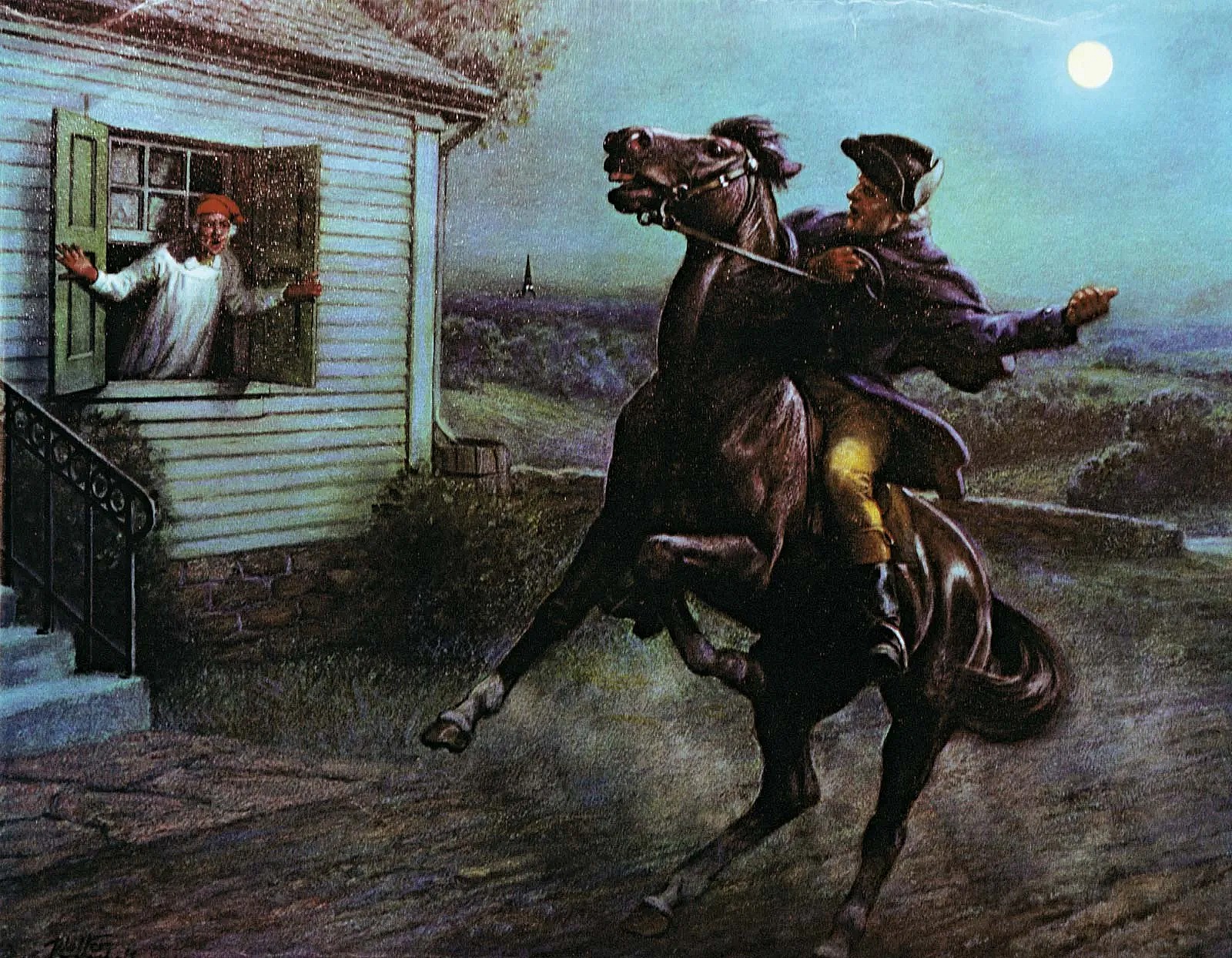
“The British are coming! The British are coming!” is one of the most recognizable quotes from the Revolutionary War, but it also happens to fall under the historical myths category. If Paul Revere had yelled this phrase through the streets, it wouldn’t have been effective at getting the word out.
The trip would have been done quietly to avoid British patrols, and the message would have resembled “The regulars are coming out!” since many still considered themselves British. Finally, Revere wouldn’t have done it alone, with rides sent on routes in all directions out of Boston. He got quickly detained by a British patrol, ending his night earlier than other riders.
CHECK OUT: 10 Strangest Days in Human History
3. Vikings wore horns on their helmets
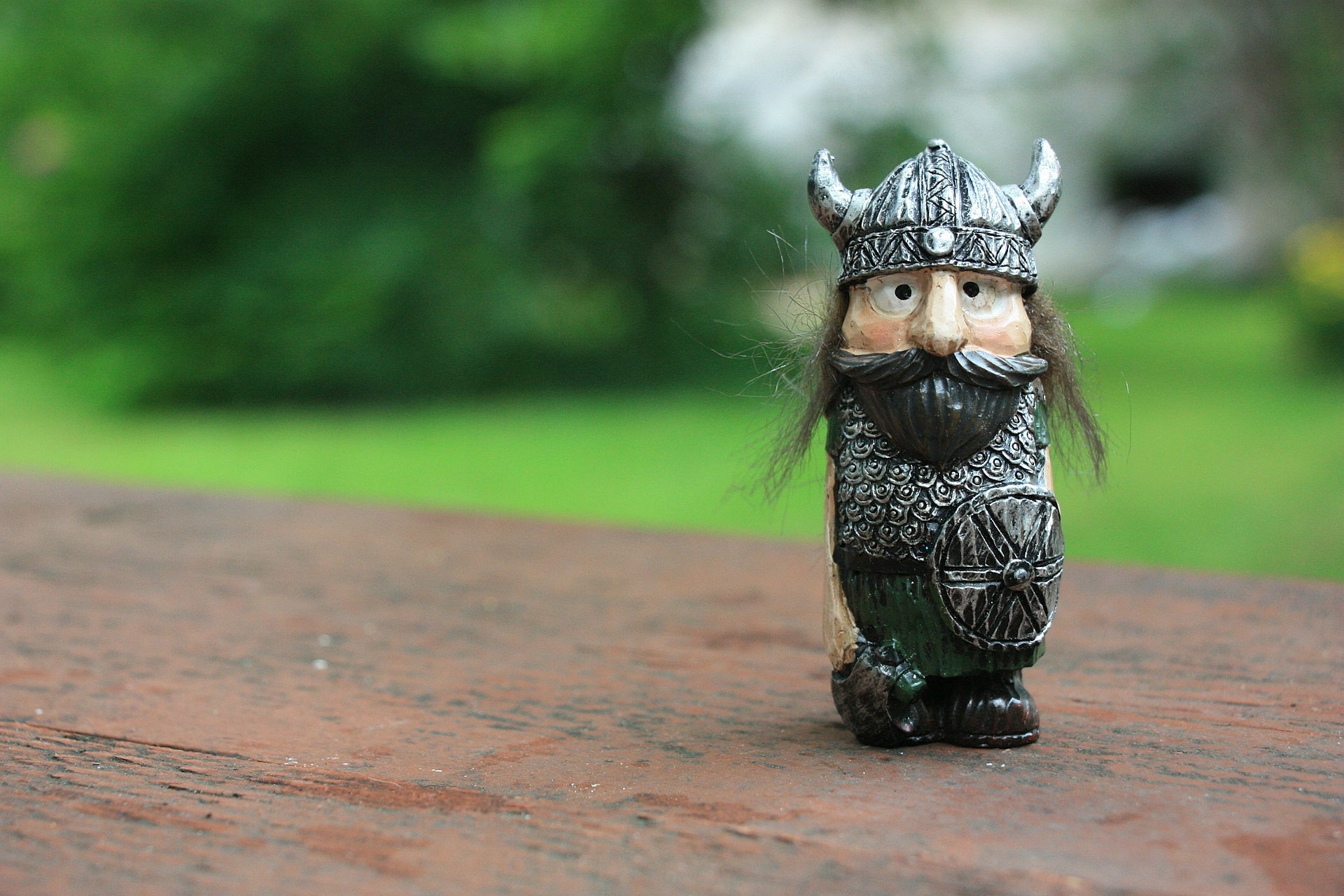
Contrary to popular belief and media, Vikings did not wear horns on their helmets. Ranking third on our historical myths list, there is no reference to Vikings ever adorning their helmets with horns. This myth originated in the 1800s with Scandinavian artists and only grew from there, even appearing in films like How to Train Your Dragon.
In truth, most Viking helmets would have been leather or metal skullcaps to protect from sword, axe, or club strikes. There have been a few Viking helmets found in archaeological sites, and they corroborate this claim. Some Vikings would even go bareheaded into battle.
ALSO READ: 8 Most Famous Vikings in History
2. Castles poured boiling oil off their battlements
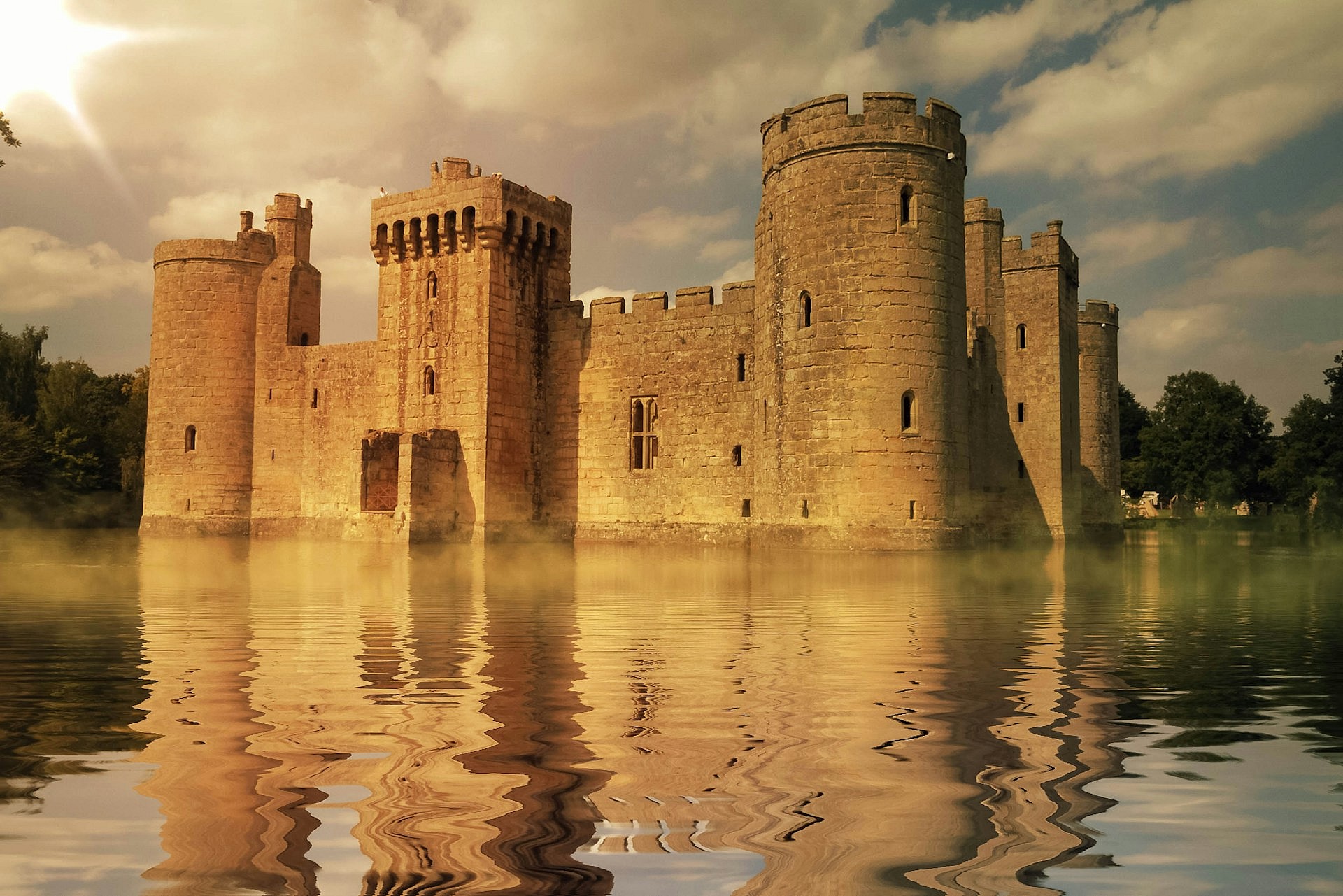
Ranking in the top two historical myths on our list is the supposed use of boiling oil in castles. Often thought of as a fight tactic, in reality, it was very rare to waste oil by boiling it and throwing it off the castle during sieges. Instead, boiling water or hot sand was used since it was just as effective as oil. While some sources mention its use at the Siege of Orléans and the Great Siege of Malta, the media is the main home to boiling oil being thrown onto attackers.
1. Colonists declared independence on July 4, 1776
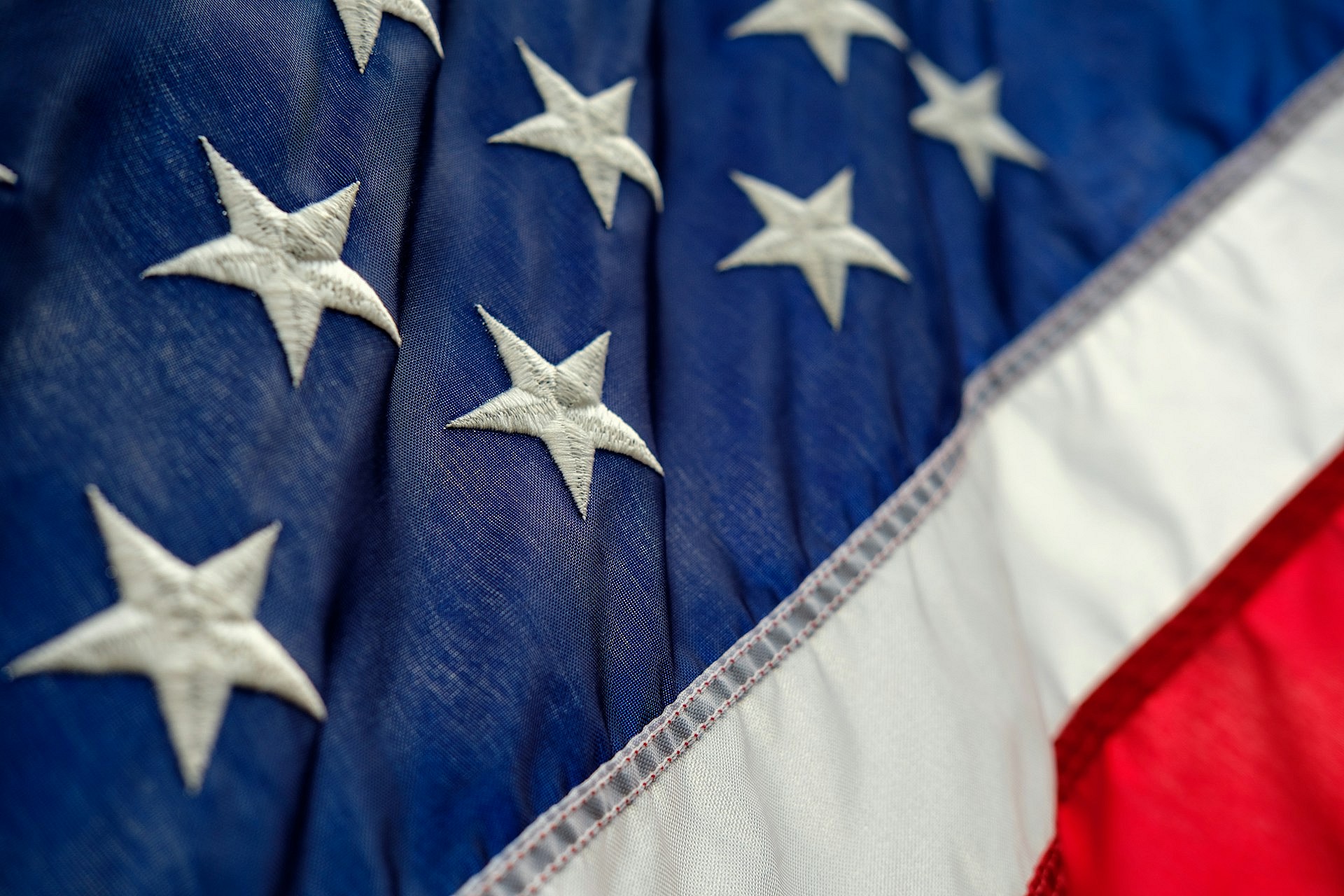
Last, and probably the most surprising selection for historical myths on our list, is the truth behind America’s Independence Day. Since July 4th is the date on the Declaration of Independence we have today, it has always been thought this was the same date it was made. However, the Continental Congress voted for independence and drafted the first document on July 2nd.
A revised copy was adopted on the 4th, and that day has stuck in history. History gets even more tangled when you realize independence might have been declared on the 2nd, but the final document was not signed until August, and the United States didn’t become an official separate country until September 3, 1783. Wild, right?
READ NEXT: 6 Famous American Soldiers You Should Know


